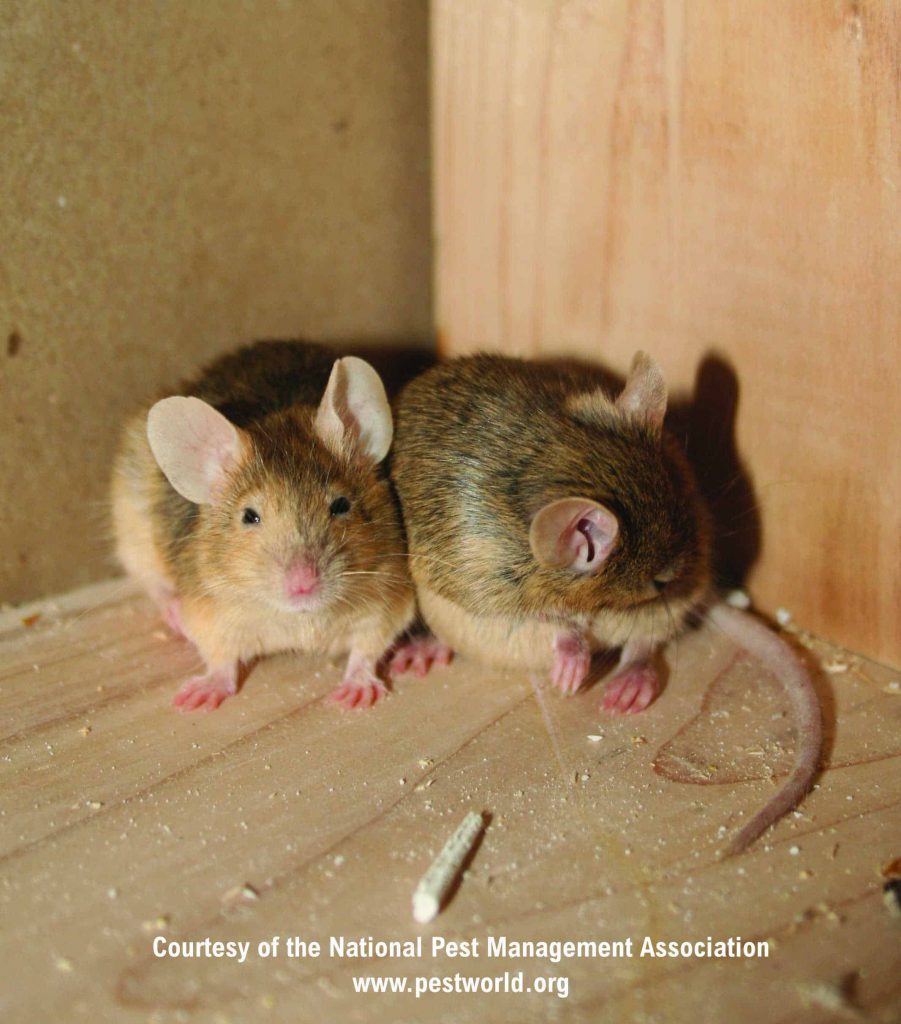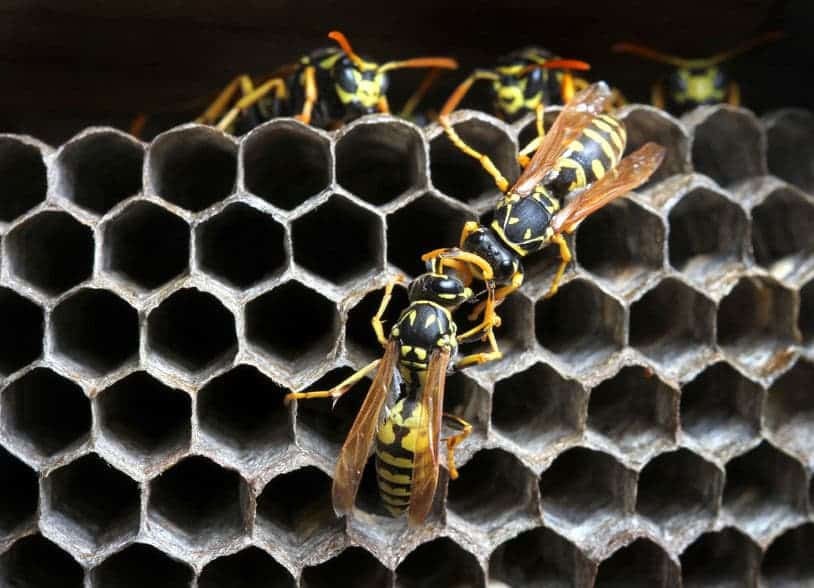Cooler weather is always welcome this time of year, but as temperatures drop, rodents such as mice and rats head indoors to find warmth. According to the National Pest Management Association (NPMA), nearly half of all rodent issues happen in the fall and winter months. To help educate the public about the health risks that rats and mice can pose, the NPMA has designated October 22 through 28 as Rodent Awareness Week. If you’ve spotted these unwanted pests in or near your home, here’s what you need to know about rodents and rodent control.
 Signs of a rodent infestation
Signs of a rodent infestation
Even if you haven’t seen a mouse or rat scurrying along a baseboard or under the refrigerator, they leave plenty of signs of their presence around the house. Some of the most common signs include:
- Noises: When it’s quiet at night, you may hear the sounds of rodents scurrying in the walls or in the attic. Rats and mice have a preference for attics since they provide a warm and undisturbed place for building nests.
- Marks on walls and floors: Rats have oily fur, and as they run along walls and floorboards they can leave dirt or grease marks behind.
- Droppings: These dark pellets are unmistakable signs of a rodent problem. You’ll notice them along baseboards and in the kitchen, especially in pantries or cabinets where food is stored, as well as under the sink.
- Gnaw marks: Mice can chew through wires, wood, and even walls. If they damage wiring inside of walls, they can increase the risk of fire.
- Nesting sites: Dark, secluded areas are ideal spots for rodents to build their nests. Mice will shred paper, packaging, fabric, and other easily torn materials.
Preventing rodent problems
Knowing the signs of an infestation can help stop the problem before it gets out of control, but there are several steps you can take to prevent an infestation from getting started:
- Mice are much smaller than they appear and can fit through very small holes or cracks. Inspect your home for entry points, and use silicone caulk to seal them. Pay special attention to the spots where pipes for utilities come into your home. Gaps that are too large to be sealed with caulk can be filled with steel wool, which deters gnawing.
- Other openings to check include attic vents and chimneys. If your home is off-grade, check the vents underneath your house as well.
- Closely inspect all screens and weather stripping.
- Outside, reduce nesting and hiding places by clearing away vegetation and mulch that’s in contact with your foundation, keeping it at last 20 inches away.
Call a rodent extermination professional.
Any sign of the presence of rodents may mean that there are already large numbers of mice or rats in or around your home. Turner Pest Control’s rodent experts have training in the best rodent control methods and offer fast, effective treatments. Get in touch today for a customized rodent control plan for your home and family.



